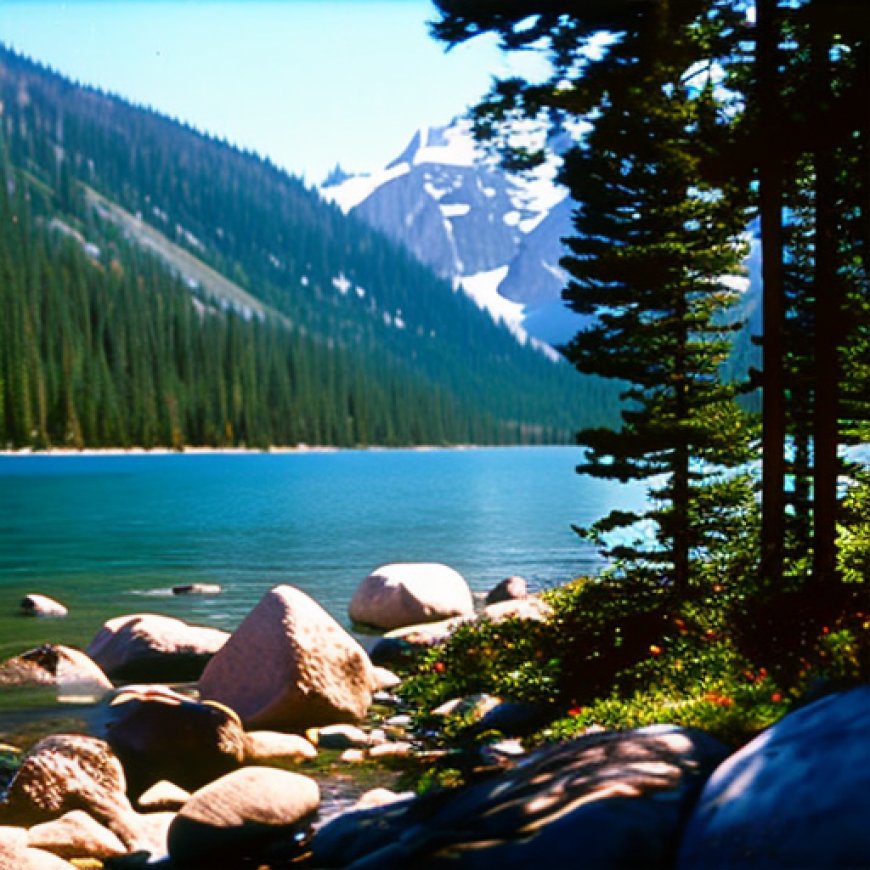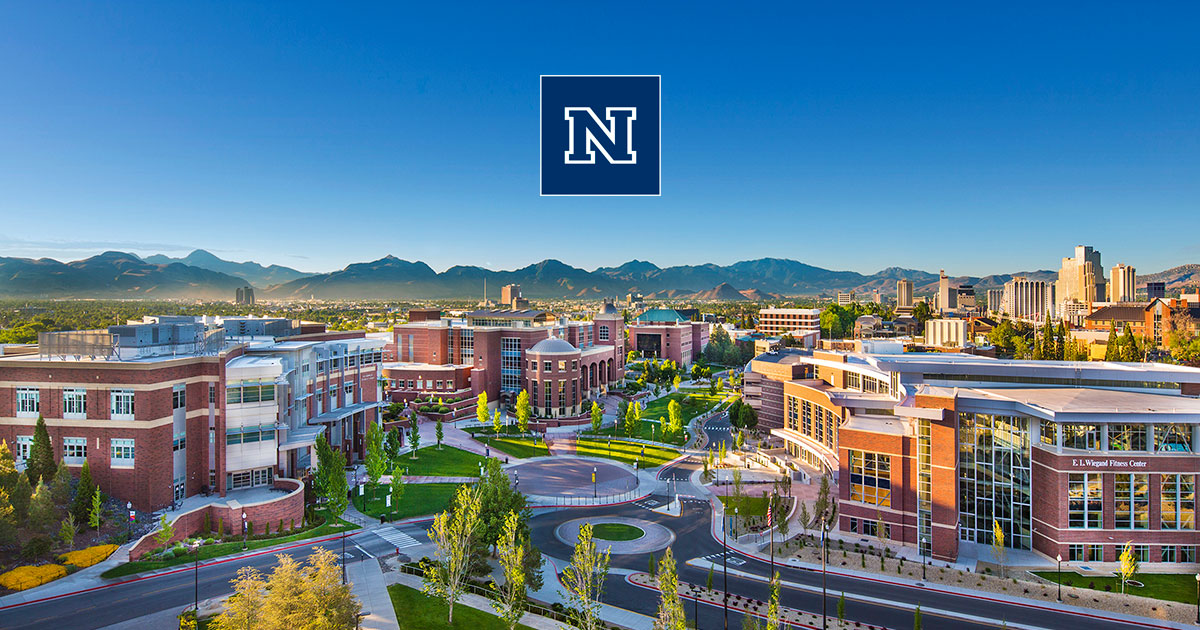Sudeep Chandra | Lake Tahoe Affiliated Faculty
Sudeep Chandra | Lake Tahoe Affiliated Faculty University of Nevada, Reno



Summary
A Professor of Limnology in the Biology Department at the University of Nevada, Reno (USA), Sudeep Chandra serves as Director of the University’s Global Water Center: Solutions for Sustainability, the Ozmen Institute for Global Studies, and is the former Co-Director for the Lake Tahoe Science Advisory Council. He also serves as the Director for the Castle Lake Environmental Research Station, which was founded in 1959; the station is home to the longest running mountain lake science collection in North and South America. Researchers and students at the Station answer important science questions about environmental changes in mountain lakes and their watersheds. In 2012-13, Sudeep served the national science community of the United States by serving as a Director for the Ecosystem Sciences Program at the U. S. National Science Foundation.
Sudeep’s research program focuses on the conservation of aquatic ecosystems and the betterment of livelihoods through the development of science-based environment policies. He advocates for cooperative international research that assists people in developing countries. His interest in international research began in 1997 when he participated in the Tahoe-Baikal Institute’s annual environmental exchange program, which brought him to Lake Baikal, Russia. In 2003, he was awarded his 1st international research funding from the Trust for Mutual Understanding and the National Geographic Society to investigate the impacts of mining activities in the Lake Baikal watershed in Russia and Mongolia. This work led to the development of a project funded by the Global Environment Fund and World Bank to use faith-based, economic generation initiatives to protect Mongolian culture and livelihoods during a period of rapid economic development and the transition to democratic governance. Towards that end, University of Nevada Researchers have continued to use scientific information that conserve the world’s largest trout of Mongolia, the Taimen. You can see a movie about their work, Fertile Waters.
From 2008-11, Sudeep and his Nevada students worked on Northeastern Siberian lakes in Russia to of climate change to carbon cycling in lakes. This US National Science Foundation supported project led to the development of a multi university effort to develop the 1st ecological field station in Russian Siberia supported with collaboration by the US government. Support from the North Atlantic Treaty Organization (NATO) provided an opportunity for Sudeep’s team to understand how lakes created by irrigation run off may be used for protein and economic production in Uzbekistan.
Whether at home or abroad, Sudeep seeks to expand the knowledge and training efforts to conserve lakes and their watersheds around the globe. Through collaborations with United States Agency for International Development (USAID) Sudeep led Unidos por El Lago Atitan, a project to protect Central America’s largest lake in Guatemala. In an effort to expand the work from Guatemala to other regions of Latin America, Sudeep and colleagues from Guatemala are working with their counterparts from Argentina, Chile, Canada, Uruguay, United States with support from the Inter-American Institute and the National Science Foundation to participate in this endeavor called Sensing the America’s Freshwaters Ecosystem Risk from Climate Change. This approach utilizes sociology, economics, and natural resource sciences to quantify risk across sites and provide management solutions for maintaining resources.
Recently Sudeep and his friend Dr. Zeb Hogan, the host of the globally watched National Geographic show Monster Fish, have expanded their work to tackle issues within the Lower Mekong River which is the freshwater fish basket of Asia. Sixty million people rely on the Lower Mekong River for their livelihoods and food resources. Their Wonders of the Mekong project, focuses on understanding the ecological and social changes in the Mekong River Basin resulting from climate change, deforestation, and dam development. The goals are to uplift decision making by develop knowledge and technology capacities in the Lower Mekong River to guide the future management of the river. Check out their social media posts on Facebook, Instagram, and Youtube under #MekongWonders.
While leading efforts to provide science-based guidance to managing natural resources abroad, Sudeep’s first love of nature is Lake Tahoe. Since 1997, Sudeep has been active in understanding the ecological changes in the lake and cocreating management solutions to protect the 3rd deepest lake in North America. Together with his students, they have used scientific information to create management plans to guide invasive species management and tested novel tools for prevention and control of taxa. For example, they are currently testing the a nonchemical approach developed by a private company for controlling invasive plants with ultra violet light tools or using eDNA to detect invasive clams and crayfish. Their latest work addresses the degradation of the nearshore lake environment and the connections between the watershed and lake clarity. Sudeep believes that no one organization can conserve Lake Tahoe. It is up to collaborations between the private and public sectors along with University knowledge based institutions to maintain the lake’s fragile clarity for future generations.
Sudeep has received awards for his efforts including: American Fisheries Society California-Nevada Chapters Award of Excellence, the Tahoe-Baikal Institute Alumni of the Year, University of Nevada’s College of Agriculture, Biotechnology, and Natural Resources Teacher of the Year, and the Mad Hatter’s Award (his favorite) from the Interdisciplinary Graduate Program in Hydrologic Sciences, which he served as Acting coDirector from 2016-18. In 2022, he received the College of Science’s Mousel-Feltner Award for Excellence in Research and Creativity Activity.
Sudeep loves to engage laypersons and professionals, students, policy makers, and concerned citizens in the importance of using science-based information to protect and restore aquatic resources. He feels like there is much more to give in life, and will continue to work to help his fellow people and the environment in which they inhabit.
Research interests
Research questions
- How do human induced, environmental perturbations (e.g., invasive species introductions, cultural eutrophication, water removals and climate change) change the basic function of aquatic lakes and rivers?
Approaches
- Through connections, collaborations, and partnerships, I share lessons learned from scientific endeavors and cultural connections to policy makers to promote the sustainable management of nature and the positive dimensions of the human spirit.
Life vision
- To work towards a healthy and just society where
SDGs, Targets, and Indicators
SDGs Targets Indicators SDG 6: Clean Water and Sanitation Target 6.3: Improve water quality Indicator not mentioned in the article SDG 14: Life Below Water Target 14.1: Prevent and reduce marine pollution Indicator not mentioned in the article SDG 15: Life on Land Target 15.1: Protect and restore terrestrial ecosystems Indicator not mentioned in the article SDG 17: Partnerships for the Goals Target 17.16: Enhance the global partnership for sustainable development Indicator not mentioned in the article Explanation:
1. SDG 6: Clean Water and Sanitation is addressed in the article through the mention of the University of Nevada’s Global Water Center and its focus on solutions for sustainability. This aligns with the goal of improving water quality and ensuring access to clean water and sanitation.
2. SDG 14: Life Below Water is connected to the issues discussed in the article, particularly through the mention of research on lakes and rivers, as well as the conservation of aquatic ecosystems. This aligns with the goal of preventing and reducing marine pollution.
3. SDG 15: Life on Land is relevant to the article’s content, as it discusses the conservation of terrestrial ecosystems, particularly mountain lakes and their watersheds. This aligns with the goal of protecting and restoring terrestrial ecosystems.
4. SDG 17: Partnerships for the Goals is connected to the issues highlighted in the article through the mention of collaborations and partnerships with various organizations, including the United States Agency for International Development (USAID), the Inter-American Institute, and the National Science Foundation. This aligns with the goal of enhancing the global partnership for sustainable development.
No specific targets or indicators are mentioned or implied in the article that can be used to measure progress towards the identified SDGs.
Behold! This splendid article springs forth from the wellspring of knowledge, shaped by a wondrous proprietary AI technology that delved into a vast ocean of data, illuminating the path towards the Sustainable Development Goals. Remember that all rights are reserved by SDG Investors LLC, empowering us to champion progress together.
Source: unr.edu

Join us, as fellow seekers of change, on a transformative journey at https://sdgtalks.ai/welcome, where you can become a member and actively contribute to shaping a brighter future.







